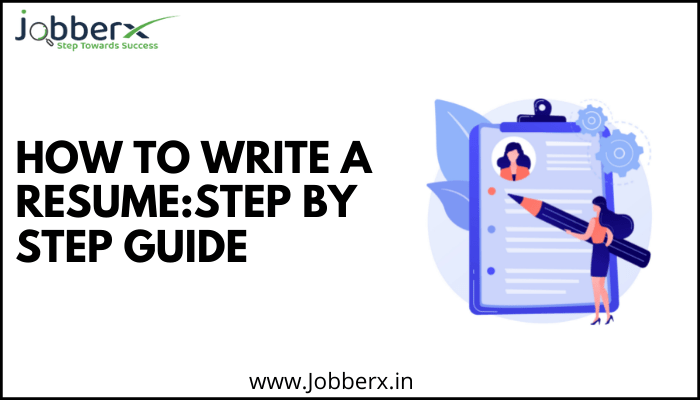A brief view of what your resume represents:
Your resume is a piece of paper that represents you and your qualities. It is the very first thing that your HR Manager looks up into.
Your resume tells about:
- Where You’re headed…
- What You’re great at…
- What You’ve accomplished…
- What You’re passionate about…
- What You’re about…
List out all your best qualities which make your HR Manager feel that you fit in the best for this job.
Give a clear and deep outline of your potential, qualifications, experience, and education.
Select Correct Resume Format
Choose your resume format according to the recruiter, get an idea of what the recruiter expects from you or expects to know about you. Choose the exact format which presents expected information about you. There are three types of resume formats:
- Chronological format: Best for job seekers with highly relevant work.
- Functional structure: Best for job seekers with no relevant work experience.
- Hybrid format: Best for most job seekers.
Personal Information
After selecting your format, comes the next step about adding your personal information. The top of your resume should contain:
- Name
- Phone Number
- Location(City, State, Zip Code).
- Email Address.
Avoid writing your aliases, write your full name.
Give a professional email address, it should not contain your aliases.
Headline Placement in Resume
A resume headline is a concise, one-line description of who you are as a candidate. A well-written headline can grab a manager’s attention and encourage them to take a more detailed look at your qualifications.
Your headline is a short but powerful addition to your resume, often the first thing your recruiter reads. Take advantage of the opportunity to make a sharp first impression. Keep the headline short and simple.
Summary Statement in Resume
Add a professional summary statement.
It is a short paragraph at the beginning of a resume that highlights your professional skills and experience. Your summary should expand and explain the title, and communicate to recruiters why you are a good fit for the job.
Mention your most impressive achievements, Include your most important and relevant skills.
Work Experience in Resume
Give detail of your work experience.
This is the main section of the resume when the recruiters expect an experienced candidate. This section of the resume justifies if you are a promising candidate or not.
List all the below-mentioned points:
- Company
- Job Location
- Your job title
- Start and end dates
Provide a professional heading like, “Professional Experience”,“ Work Experience ” or “Job History”
Professional Skills
Now, after you list out your professional work experience, start listing your professional skills.
Also, use specific keywords regarding profession to grab the recruiter’s attention.
Academic Details in Resume
Now, getting into the educational details. This part of the resume can be short and modest unless the recruiter expects every detail of your education.
The education section includes :
- Name of institution
- Degree
- School location
- Years attended
Also include your extra-curricular activities, awards, accolades, and certificates.
Grammar Proofread
Check your grammar and structure
Re-check if there are any grammatical errors or punctuation errors, also check if every aspect of the format is listed in the resume. To make your resume even more interesting you can use different fonts.
Closing Remarks
Last but not the least, make sure the resume does not repeat the phrases, the resume is polite and confident, the resume should provide a sense of closure, summarize or wrap up the main points in the body of the essay.
